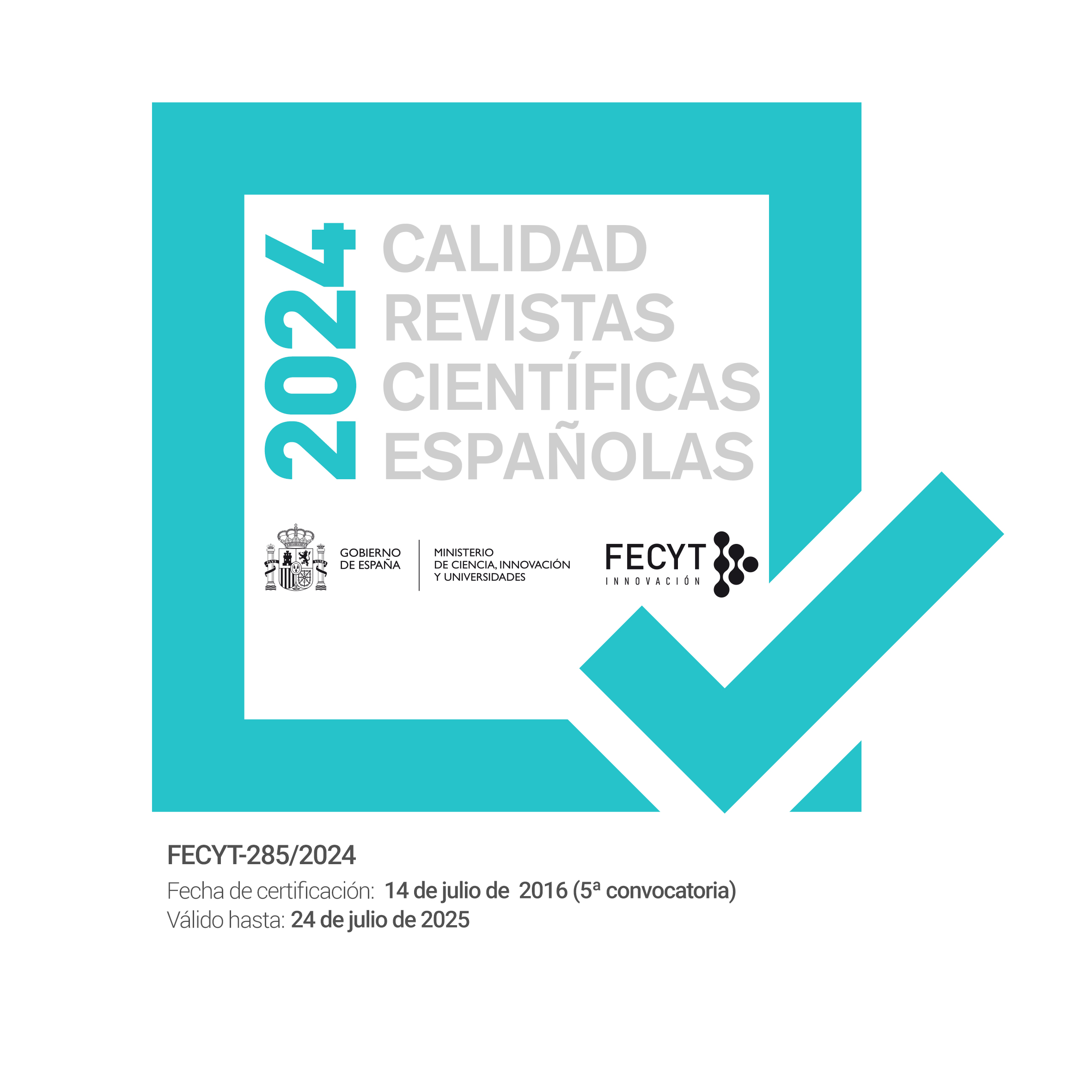Traducciones francés-español de los primeros textos técnicos del ferrocarril (1826-1831)
DOI:
https://doi.org/10.7203/qfilologia.17.3381Keywords:
translation, french, technicalities, history, railroad, diachrony Abstract
Abstract
The importance of translations in the shaping of a number of specific languages in Spanish in the 18th and 19th centuries is indisputable. The French language became the starting point –or sometimes an intermediate filter– in most of the specialized works in the fields of science and technology that were published in our country in that period. Several disciplines support this point, from electricity to physics or chemistry, photography, enology or mining. French texts are thus a key reference for the early Spanish translations.
The railway field wasn’t alien to this initial trend in the translation of texts from other languages, and the first works in Spanish dealing with the technical aspects of the railway were the result of various translations. As before, these had French manuals and treaties as original sources and they were translated in the first quarter of the 19th century. These French originals were, sometimes, translations of previous works, mainly in English.
The railway lexicon doesn’t linguistically or socially differ from other groups of technicalities shaped in the 18th and 19th centuries. The relationship between language, culture and society, together with the Spanish scientific and technical development, mainly in its contact to other countries and languages, brings along several commonalities between the specialized languages from that period.
 Downloads
Downloads
Downloads
Published
How to Cite
-
Abstract453
-
PDF (Español)387
Issue
Section
License
 Este obra está bajo una licencia de Creative Commons Reconocimiento-NoComercial-SinObraDerivada 4.0 Internacional.
Este obra está bajo una licencia de Creative Commons Reconocimiento-NoComercial-SinObraDerivada 4.0 Internacional.
Authors who publish with this journal agree to the following terms:
- Authors retain copyright and grant the journal right of first publication with the work simultaneously licensed under a Creative Commons Attribution License that allows others to share the work with an acknowledgement of the work's authorship and initial publication in this journal.
- Authors are able to enter into separate, additional contractual arrangements for the non-exclusive distribution of the journal's published version of the work (e.g., post it to an institutional repository or publish it in a book), with an acknowledgement of its initial publication in this journal.
- Authors are permitted and encouraged to post their work online (e.g., in institutional repositories or on their website) prior to and during the submission process, as it can lead to productive exchanges, as well as earlier and greater citation of published work (See The Effect of Open Access).




